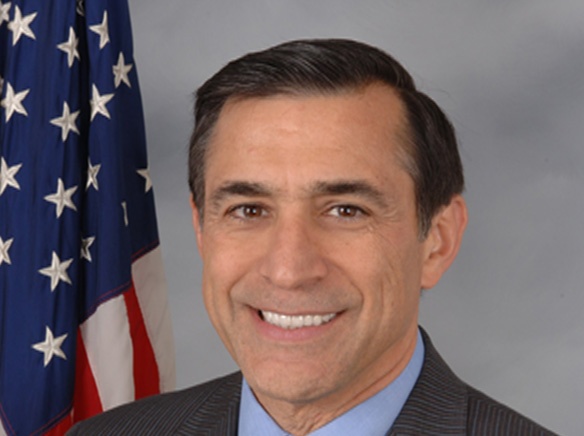San Diego County’s Local Agency Formation Commission will be partnering with the Resource Conservation District of Greater San Diego on an agricultural conservation planning grant.
LAFCO’s board voted 8-0 August 3 to authorize LAFCO to be the lead applicant for the Sustainable Agricultural Lands Conservation grant and to submit a $250,000 grant application. LAFCO and the RCD of Greater San Diego will be joined in the partnership by the San Diego Association of Governments and the San Diego County Farm Bureau.
The Sustainable Agricultural Lands Conservation program was created in 2014 as a component of the California Strategic Growth Council and is administered by the state’s Department of Conservation. The SALC program is primarily funded through “cap and trade” funds and provides agricultural conservation acquisition and planning grants for programs intended to reduce greenhouse gas emissions. The principal goals of the SALC are to protect at-risk agricultural lands from development by promoting growth within existing jurisdictions, to ensure that open space remains available, to support a healthy agricultural economy, and to avoid increases in greenhouse gas emissions associated with the conversion of agricultural land to more intensive non-agricultural uses.
The current round of SALC program grants focuses on funding for agricultural conservation acquisitions and agricultural conservation planning projects. The agricultural conservation planning grants are intended to develop and implement plans for the protection of agricultural lands at risk of conversion to more intensive non-agricultural uses. The SALC grant program guidelines were approved in February 2020.
The program guidelines specify eligible applicants for the agricultural conservation planning grants. Counties, cities, LAFCOs, councils of government, municipal planning organizations, regional transportation planning agencies, groundwater management agencies, and special districts with land use or transportation planning authority are eligible.
“LAFCOs are eligible for this type of grant and RCDs are not,” said LAFCO chief policy analyst Robert Barry.
A resource conservation district has no regulatory authority. The Soil Conservation Act was created as a response to the Dust Bowl and included the creation of local soil conservation districts with locally-elected boards which worked in conjunction with the Soil Conservation Service branch of the United States Department of Agriculture. In the 1970s California’s soil conservation districts became resource conservation districts, although some states retain the soil conservation district designation, and San Diego County currently has three RCDs. Initially the districts were formed to control water runoff and prevent soil erosion and focused on agricultural use of land, although they are now also involved in watershed management, recreational area management, urban and agricultural irrigation and water use, water quality, forest land productivity, and public education for children and adults.
The RCD of Greater San Diego initially intended to be the lead applicant for the SALC grant, but an update to the final grant program guidelines eliminated RCDs as eligible applicants. The RCD of Greater San Diego had asked LAFCO to participate in March, and after it was determined that the RCD could not be the lead applicant the other partners requested that LAFCO take the role as the lead applicant. On June 1 LAFCO’s board voted 8-0 to direct staff to proceed with the application, although LAFCO did not realize that a formal resolution was required as part of the application process. The resolution approved August 3 specifies that the RCD will manage the project and be responsible for all related matching and program costs.
The application deadline for the SALC grant is Aug 28. The grants are expected to be awarded in December.














